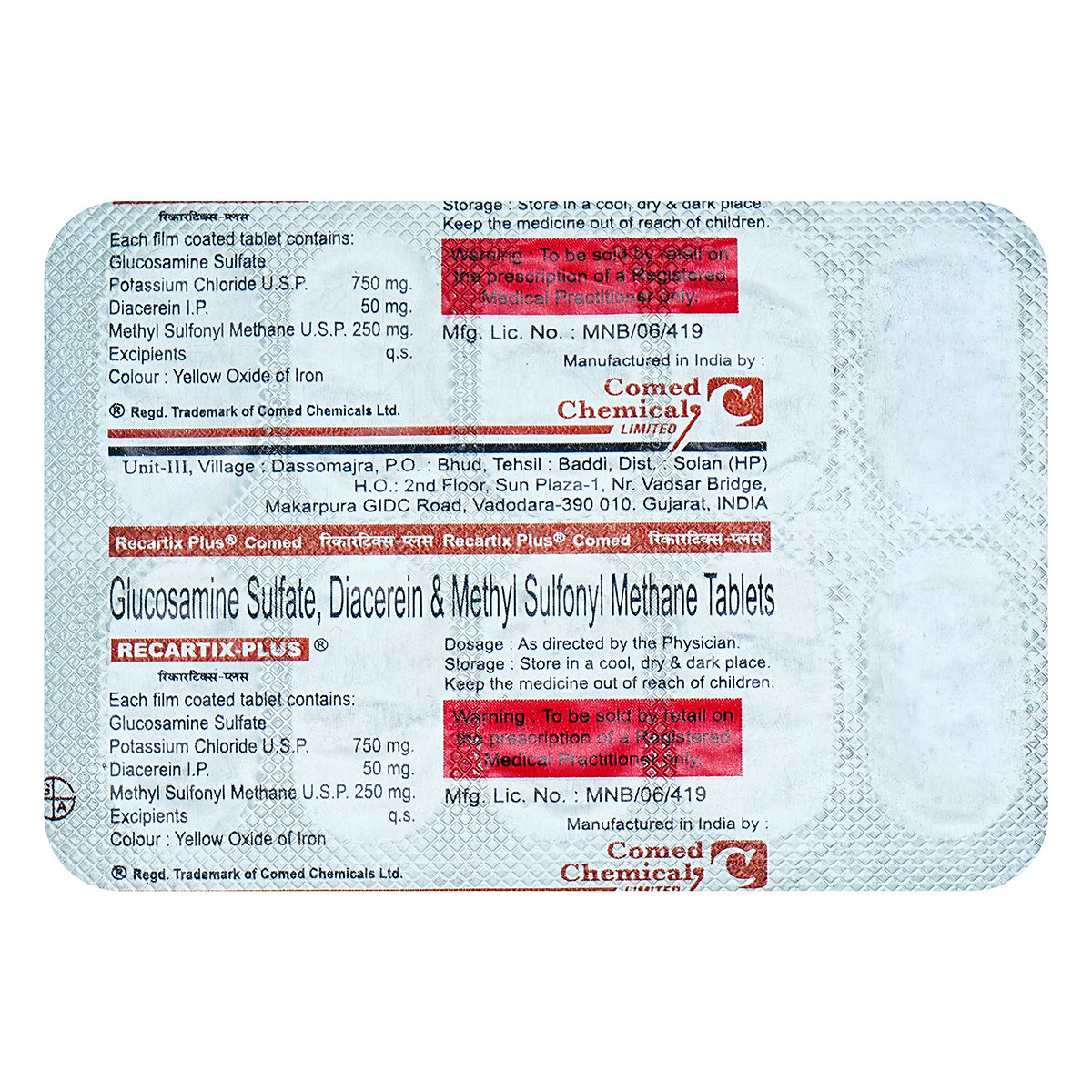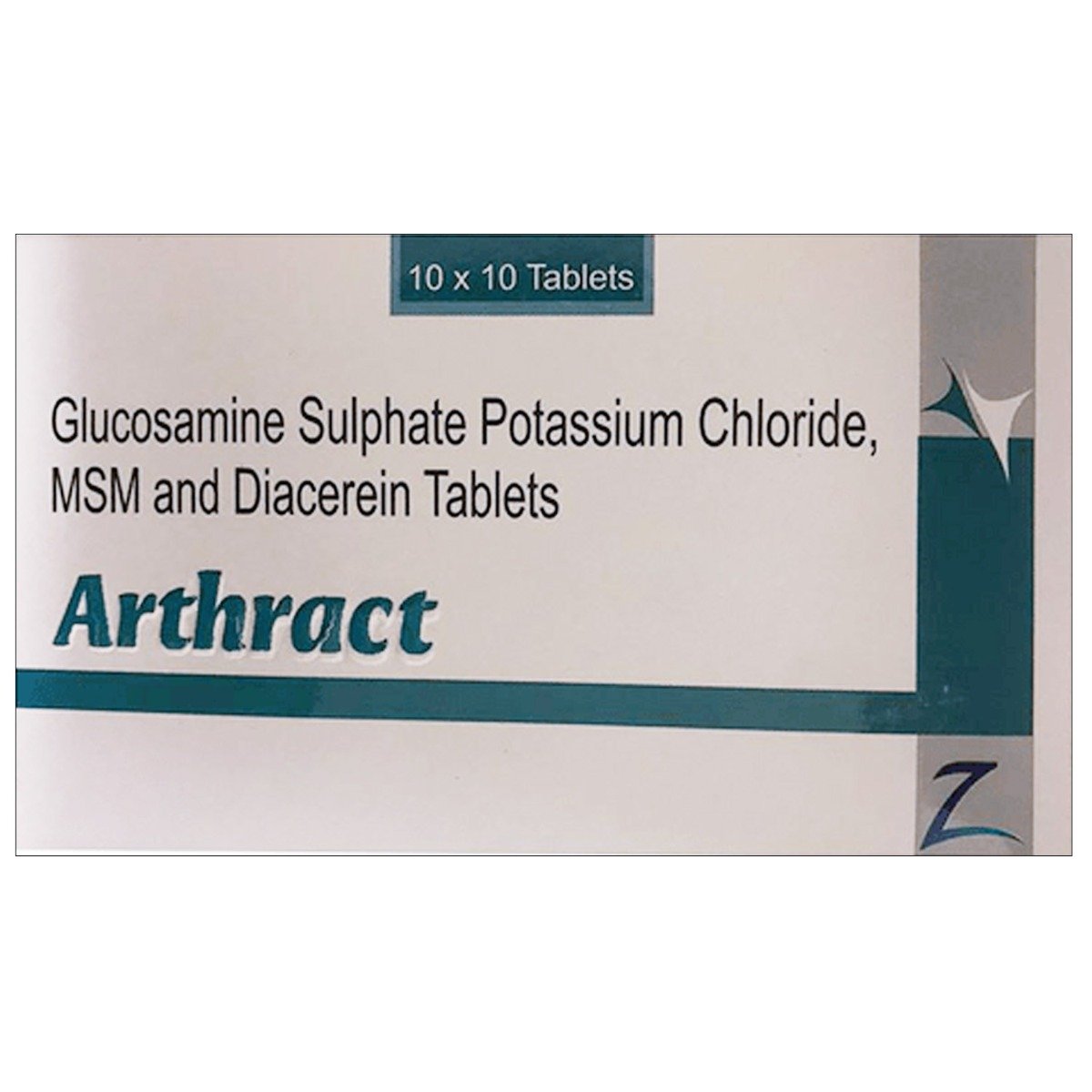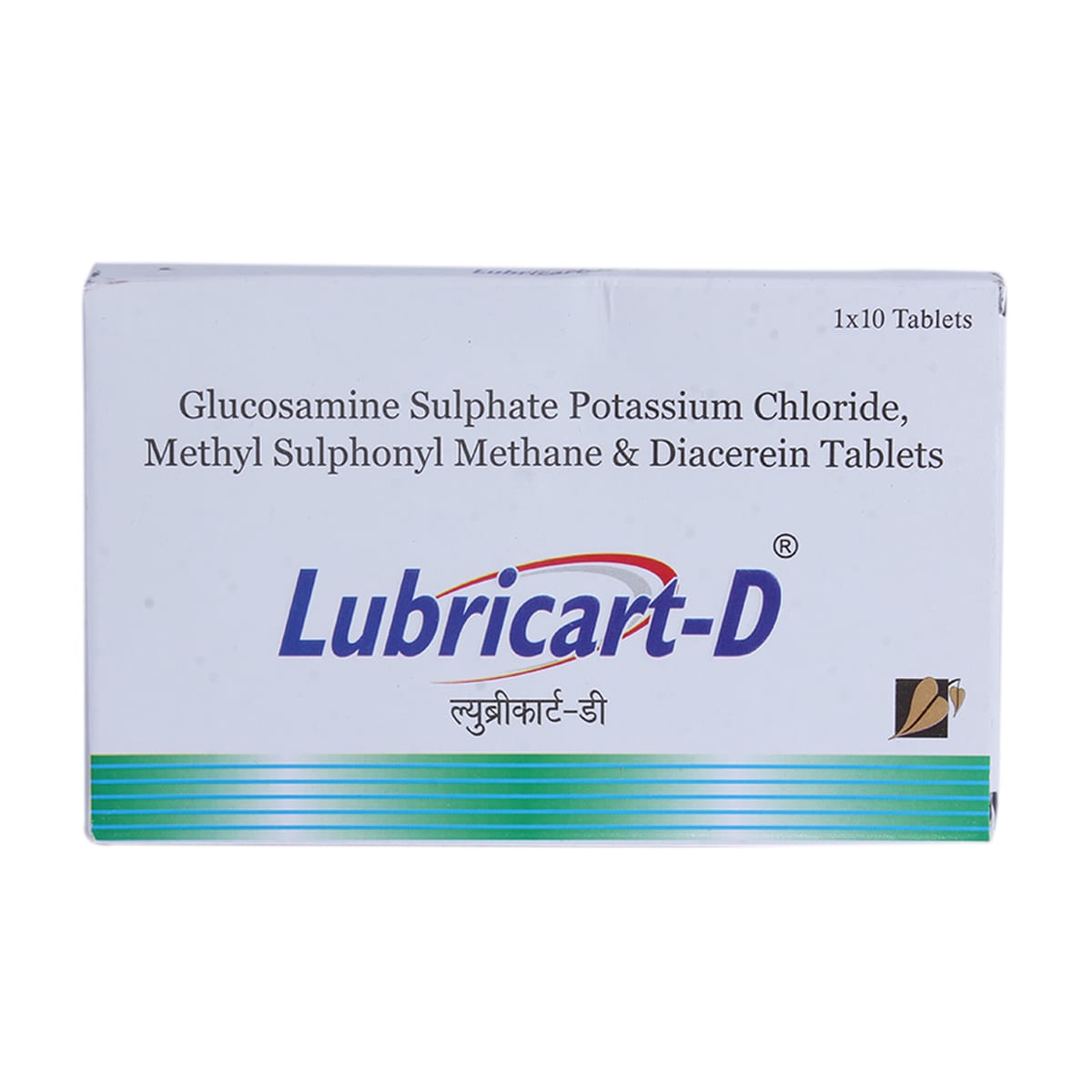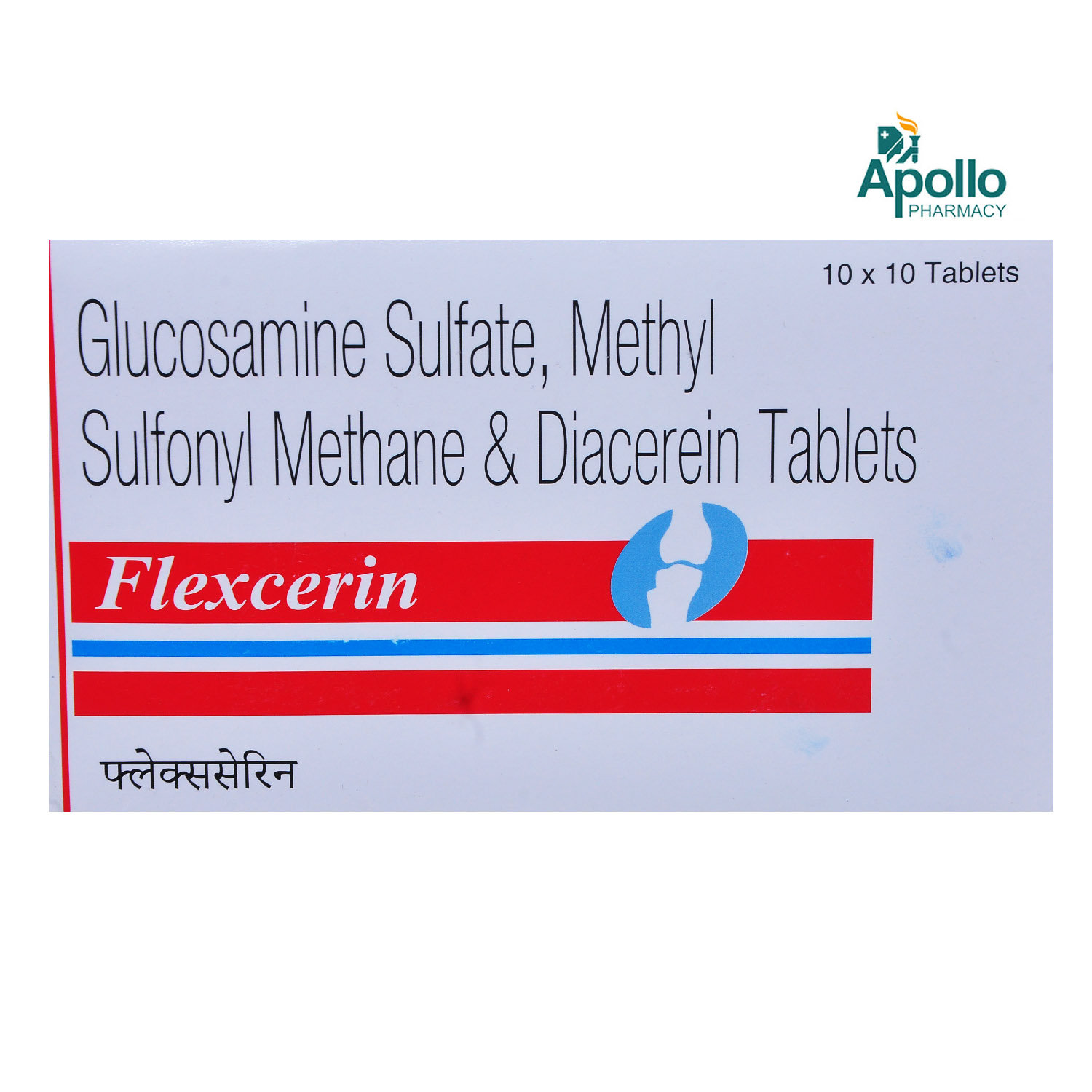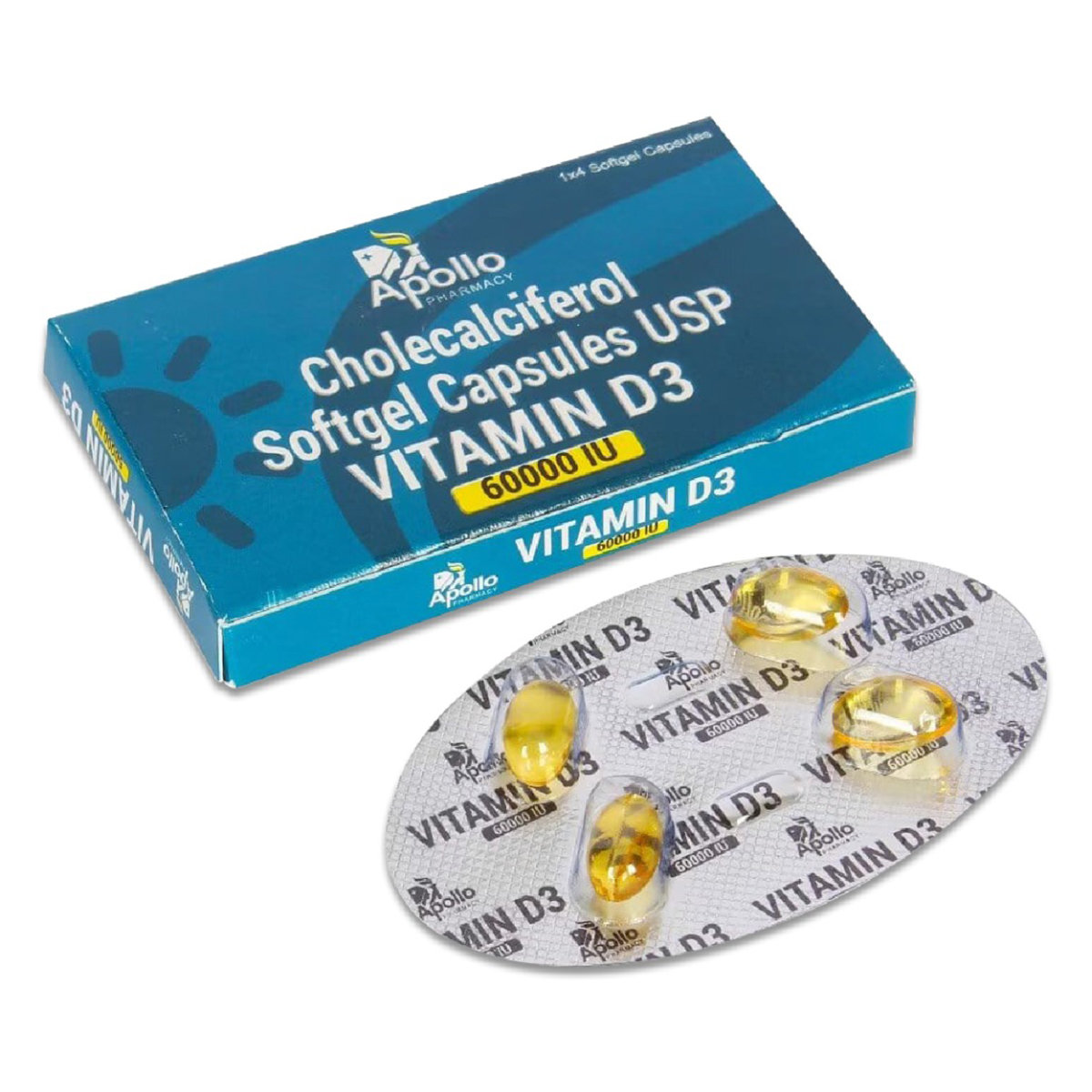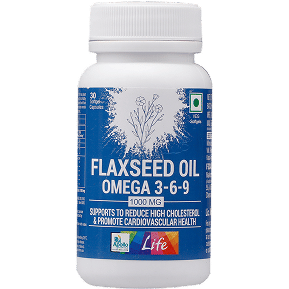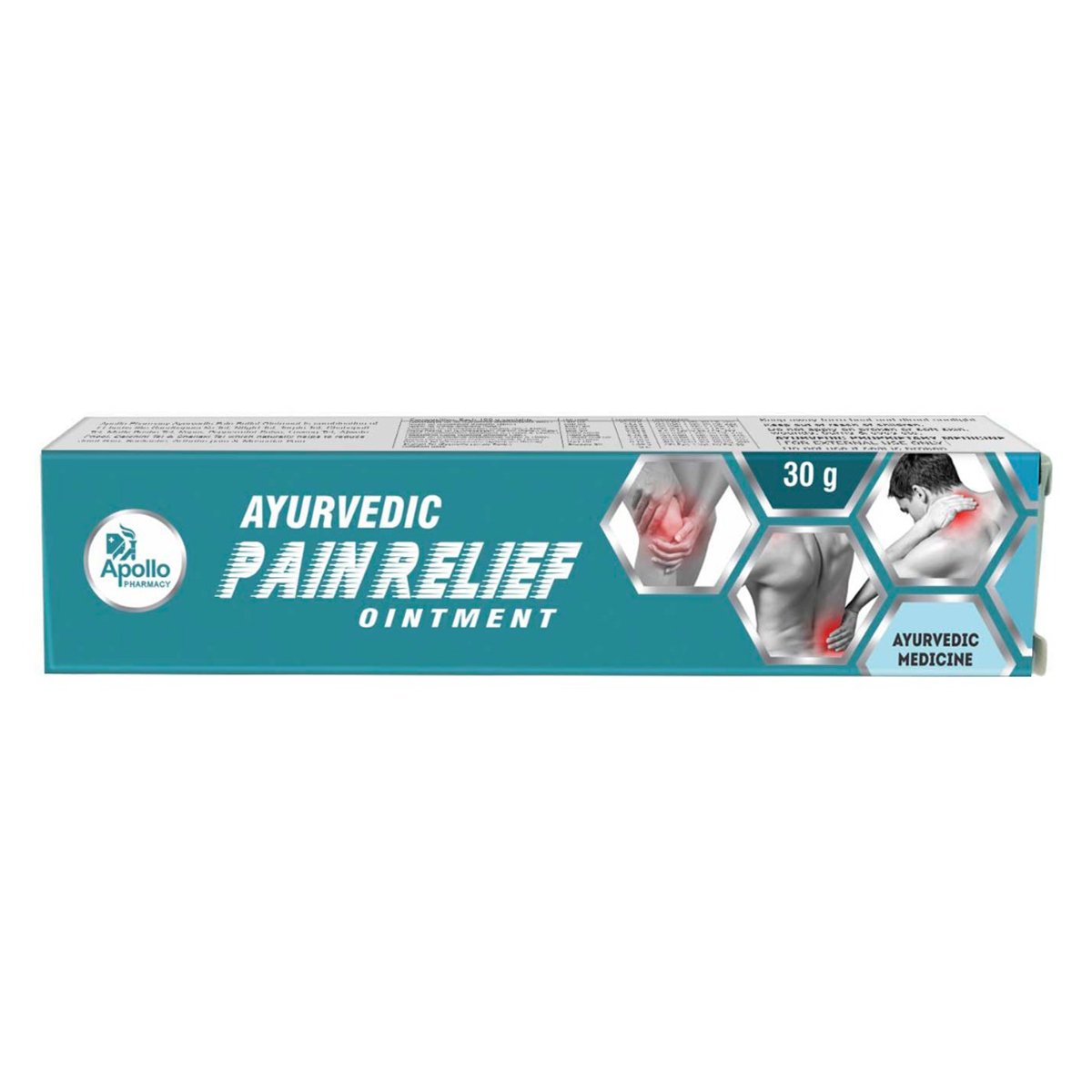Nexjoint Tablet

MRP ₹355
(Inclusive of all Taxes)
₹53.3 Cashback (15%)
know your delivery time
Provide Delivery Location
Manufacturer/Marketer :
Consume Type :
Expires on or after :
Return Policy :

Secure Payment

Trusted by 8 Crore Indians

Genuine Products
Therapeutic Class
Country of origin
Manufacturer/Marketer address
Disclaimer
Alcohol
Safe if prescribed
You are recommended not to consume alcohol along with Nexjoint Tablet to avoid unpleasant side-effects.
Pregnancy
Consult your doctor
Nexjoint Tablet should not be taken in pregnancy as the safety and effectiveness of Nexjoint Tablet has not been established. Your doctor will weigh the benefits and any potential risks before prescribing it to you.
Breast Feeding
Consult your doctor
Not enough scientific data available for Nexjoint Tablet , hence it is best to consult a doctor.
Driving
Safe if prescribed
In some cases, Nexjoint Tablet may cause dizziness and drowsiness. So if you observe such symptoms, then do not drive.
Liver
Consult your doctor
Nexjoint Tablet should be used with caution in persons dealing with any liver disorders. Your doctor will weigh the benefits and any potential risks before prescribing it to you.
Kidney
Consult your doctor
Nexjoint Tablet should be used with caution in persons dealing with any kidney disorders. Your doctor will weigh the benefits and any potential risks before prescribing it to you.
Children
Safe if prescribed
Nexjoint Tablet can not be given to persons younger than 18 years of age as safety and effectiveness of Nexjoint Tablet has not been established.
Product Substitutes
About Nexjoint Tablet
Nexjoint Tablet belongs to a group of medications known as 'supplements & adjuvant therapy' used to reduce the pain of osteoarthritis (OA) in specific large and small joints. Osteoarthritis is a chronic (lifelong) joint condition in which Glucosamine sulfate (a chemical found in the human body, especially in joints) gets reduced. The body uses this fluid to produce other chemicals required to make ligaments, cartilage, tendons and the thick fluid surrounding joints. When this chemical get reduces, then the cartilage breaks down and becomes thin which causes friction between the bones leading to wear and tear (damage) of the joint tissues leading to pain, stiffness, inflammation, and reduced locomotion.
Nexjoint Tablet compromises three medicines, namely Glucosamine, Diacerein and Methylsulfonylmethane. Taking Glucosamine may either enhance the cartilage and fluid surrounding joints or prevent both component's breakdown. At the same time, Diacerein restricts the action of a protein responsible for causing inflammation and destruction of cartilage or osteoarthritis. Methylsulfonylmethane (MSM) reduces joint pain, lowers inflammation, improves skin health, reduces allergic symptoms, and increases recovery after exercise. All in combination helps in the formation of cartilage (the soft tissue that cushions the joints) and make the joints lubricated for better movement and flexibility. Nexjoint Tablet relieves pain, thereby improving joint functioning and helping an individual restore his/her quality of life. It also increases the cushioning and lubrication of joints providing relief from pain and easily do physical activity.
Take Nexjoint Tablet as prescribed by your doctor. You are suggested to take Nexjoint Tablet as long as your doctor has prescribed it after checking your medical condition. In some cases, you may experience certain common side effects such as headache, tiredness, nausea, abdominal pain, indigestion, diarrhea, constipation and wind. Most of these side effects do not require medical attention and will resolve gradually over time. However, you are advised to talk to your doctor if you experience these undesirable effects persistently.
Nexjoint Tablet is not allowed to use in children younger than 18 years old. Consult with your doctor if you have ever had blood clots or circulation problems in your legs or if you are pregnant or planning to be pregnant as this may harm an unborn baby. Tell your doctor if you are breastfeeding as It may not be safe to breastfeed a baby while taking Nexjoint Tablet .
Uses of Nexjoint Tablet
Medicinal Benefits Mweb
Key Benefits
Nexjoint Tablet compromises three medicines, namely Glucosamine, Diacerein, and Methylsulfonylmethane. Glucosamine sulfate is a natural protein used by the body to produce various chemicals responsible for building ligaments, cartilage, tendons and the thick fluid surrounding joints. When an individual becomes old, the levels of this fluid start reducing, which leads to a slow breakdown of joints. Taking it as a supplement boosts joint health and eases pain related to osteoarthritis. Diacerein is a slowly-acting medication that effectively treats swelling and pain in the joints. Methylsulfonylmethane is a type of natural chemical found in animals, plants and humans. Taking it as a supplement helps reduce inflammation, lowers pain and speeds recovery after exercise. It also reduces joint degeneration, which is a common reason for pain in the back, hands, knees and hips. All three medicines in combination, relieve pain or swelling due to Osteoarthritis.
Directions for Use
Side Effects of Nexjoint Tablet
- Nausea
- Diarrhoea
- Headache
- Tiredness
- Indigestion
- Constipation
- Abdominal pain
- Discoloration of urine
Drug Warnings
People with joint infection or skin disease in the affected area should consult a doctor before taking Nexjoint Tablet . People dealing with impaired glucose tolerance, kidney or liver dysfunction risk factors for heart (cardiovascular) disease and who have asthma should take Nexjoint Tablet with caution. Consumption of alcohol should be avoided during the treatment with Nexjoint Tablet as it may lead to increased risk of liver damage. Patients with blood clots or circulation problems in their legs should not take Nexjoint Tablet . Although Nexjoint Tablet provides symptomatic relief in conditions like arthritis and may reduce the inflammation caused by these conditions, to achieve the best results, it is strongly recommended to remain physically active as much as your condition allows. Adopting a healthy lifestyle coupled with a healthy diet containing high proteins is the mainstay of managing arthritic conditions.
Drug-Drug Interactions
Drug-Drug Interactions
Login/Sign Up
The combined use of Dicoumarol and Nexjoint Tablet can increase the risk of unusual bleeding.
How to manage the interaction:
Co-administration of dicoumarol and Nexjoint Tablet can lead to an interaction, it can be taken if advised by your doctor. However, if you experience any symptoms like unusual bleeding or bruising, vomiting, blood in your urine or stools, headache, dizziness, or weakness, consult the doctor immediately. Do not stop using any medications without a doctor's advice.
The combined use of Nexjoint Tablet and warfarin can increase the risk of bleeding.
How to manage the interaction:
Co-administration of Nexjoint Tablet and warfarin can lead to an interaction, it can be taken if advised by your doctor. However, if you experience any symptoms like unusual bleeding or bruising, vomiting, blood in your urine or stools, headache, dizziness, or weakness, consult the doctor immediately. Do not stop using any medications without a doctor's advice.
Drug-Food Interactions
Drug-Food Interactions
Login/Sign Up
Drug-Diseases Interactions
Drug-Diseases Interactions
Login/Sign Up
Drug-Drug Interactions Checker List
- ACETAMINOPHEN
- GLIMEPIRIDE
- PIOGLITAZONE
- PACLITAXEL
- WARFARIN
Habit Forming
Special Advise
- X- rays of affected joints is done to identify osteoarthritis
- Nexjoint Tablet may take several weeks/months to show any improvement, if there is no improvement after using Nexjoint Tablet for 2-3 months.
Diet & Lifestyle Advise
- Include more glucosamine, chondroitin sulfate, vitamin D, calcium-enriched supplements. Besides this, turmeric and fish oils can help in reducing inflammation in the tissue.
- Please do not go for heavy exercise as it may increase your joint pain in arthritis. Instead, you can do stretching, low impact aerobic exercise like walking on a treadmill, bike riding and swimming. You can also strengthen your muscle strength by lifting light weights.
- In the chronic condition of arthritis or joint pain, including fish like salmon, trout, tuna and sardines. These fishes are enriched with omega-3 fatty acids that minimum level of chemical called cytokines, which ramp up inflammation.
- Your sitting posture is important, especially when have pain and inflammation condition. Try to sit little as possible, and only for a short time (10-15 min). Use back support like a rolled-up towel at the back of your curve to minimize pain. Keep your knees and hips at a right angle. Besides this, you can use a footrest if required.
All Substitutes & Brand Comparisons
RX
Arthar Plus Tablet
Admac Pharma Ltd
₹148
(₹13.32 per unit)
58% CHEAPERRX
Jdcerin-GM Tablet 10's
Akumentis Healthcare Ltd
₹150
(₹13.5 per unit)
57% CHEAPERRX
Statcerin GM Tablet 10's
Stature Life Sciences Pvt Ltd
₹160
(₹14.4 per unit)
54% CHEAPER
Buy best Orthopedics products by
Sun Pharmaceutical Industries Ltd
Cipla Ltd
Lupin Ltd
Intas Pharmaceuticals Ltd
Alkem Laboratories Ltd
Abbott India Ltd
Zydus Healthcare Ltd
Zydus Cadila
Torrent Pharmaceuticals Ltd
Ipca Laboratories Ltd
Macleods Pharmaceuticals Ltd
Ajanta Pharma Ltd
Dr Reddy's Laboratories Ltd
Glenmark Pharmaceuticals Ltd
Vasu Organics Pvt Ltd
Hetero Healthcare Pvt Ltd
Leeford Healthcare Ltd
Wallace Pharmaceuticals Pvt Ltd
Emcure Pharmaceuticals Ltd
Msn Laboratories Pvt Ltd
Overseas Health Care Pvt Ltd
Aar Ess Remedies Pvt Ltd
Alembic Pharmaceuticals Ltd
Cadila Healthcare Ltd
Chemo Healthcare Pvt Ltd
Corona Remedies Pvt Ltd
East West Pharma India Pvt Ltd
Eleadora Pharma
GlaxoSmithKline Pharmaceuticals Ltd
Inga Laboratories Pvt Ltd
Mankind Pharma Pvt Ltd
Medsol India Overseas Pvt Ltd
Micro Labs Ltd
Natco Pharma Ltd
Olcare Laboratories Pvt Ltd
Pharmed Ltd
Pulse Pharmaceuticals
Synovion Laboratories Pvt Ltd
Talent India Pvt Ltd
Virchow Biotech Pvt Ltd
Akumentis Healthcare Ltd
Ankaa Pharmaceutical
Bioelite Lifesciences Pvt Ltd
Blisson Mediplus Pvt Ltd
Cell Salve Pharmaceutical
Dolvis Bio Pharma Pvt Ltd
Eins Pharmaceuticals
Genesis Biotech
La Renon Healthcare Pvt Ltd
Neon Laboratories Ltd
Novartis India Ltd
Panacea Biotec Ltd
Pfizer Ltd
Prevego Healthcare & Research Pvt Ltd
Ronyd Healthcare Pvt Ltd
Steris Healthcare
Sundyota Numandis Pharmaceuticals Pvt Ltd
Actus Health Care
Alna Biotech Pvt Ltd
Alteus Biogenics Pvt Ltd
Anthem Bio Pharma
Aten Remedies Pvt Ltd
Athens Labs Ltd
Aureate Healthcare
Aurolab
Avrohn Pharma (I) Ltd
Biorange Biologicals Pvt Ltd
Biorex Healthcare Pvt Ltd
CMG Biotech Pvt Ltd
Canixa Life Sciences Pvt Ltd
Celebrity Biopharma Ltd
Celera Healthcare Pvt Ltd
Celon Laboratories Pvt Ltd
Comed Chemicals Ltd
Cyrus Remedies Pvt Ltd
Dru Pharma Pvt Ltd
Edura Pharmaceuticals Pvt Ltd
Elder Pharmaceuticals Ltd
Energize Pharmaceuticals (P) Ltd
Fibovil Pharmaceuticals Pvt Ltd
Goddres Pharmaceuticals Pvt Ltd
Gufic Bioscience Ltd
Hiilsen Life Sciences Pvt Ltd
Iifa Healthcare
Intra Labs India Pvt Ltd
Jagsonpal Pharmaceuticals Ltd
Krishgir Pharmaceuticals Pvt Ltd
Lg Life Sciences India Pvt Ltd
Mastro Biologicals Pvt Ltd
Maverick Pharma Pvt Ltd
Medicure Life Sciences Pvt Ltd
Medieos Life Sciences Llp
Medley Pharmaceuticals Ltd
Meyer Organics Pvt Ltd
Organic Pharmaceuticals Pvt Ltd
Qurewell Health Science Pvt Ltd
R B Pharmaceuticals
RPG Life Sciences Ltd
Ravinor Lifesciences
Regenix Drugs Ltd
Frequently Bought Together
Customers Also Bought




